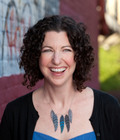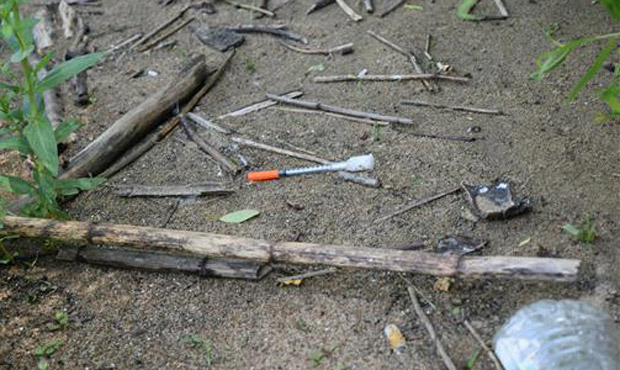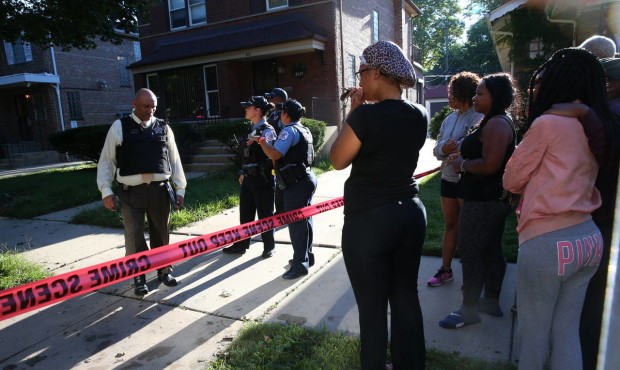Rachel Belle
Anne Frank Holocaust exhibit opens in Seattle
 Pete Metzelaar poses next to a photo of himself in Amsterdam, age 6, wearing the mandated yellow Jewish star sewed to his short. The photo was taken a year before he went into hiding.
Pete Metzelaar poses next to a photo of himself in Amsterdam, age 6, wearing the mandated yellow Jewish star sewed to his short. The photo was taken a year before he went into hiding.
Sixty-nine years after Anne Frank’s diary was first published in Amsterdam, a traveling Anne Frank exhibit is opening in Seattle.
“This exhibit is from the Anne Frank Center in New York, but it was actually created by the Anne Frank House in Amsterdam,” says Ilana Cone Kennedy, the director of education at the Holocaust Center for Humanity in downtown Seattle.
The Center is hosting the exhibit, which opens Sunday. It follows the Frank family, starting from 1914.
“Which I think is great because it really shows how the Frank family was established in Germany before World War I,” Kennedy said. “That was their home. They just figured they were German. Right after Hitler is in power, the Frank family lives from Germany to the Netherlands in 1933.”
The exhibit will take you through the war, through the years, the Frank family lived in hiding in an Amsterdam attic, all the way to their demise, when they were discovered and taken to a concentration camp. Only Anne’s father, Otto, survived, and he had his daughter’s diary published.
Pete Metzelaar, an 80-year-old West Seattle resident, says there’s only one big difference between him and Anne Frank: “I’m alive.”
Pete was a seven-year-old boy living in Amsterdam when the Nazis started rounding people up.
“Unfortunately, everybody in my family was murdered. It was not until my aunt, uncle, grandparents and father got arrested that my mom got ahold of the so-called underground,” says Metzelaar, who was there for a preview of the exhibit. “They found an older couple, a farmer couple, in the northern part of Holland, who were willing to shelter us. And we went into hiding.”
For two-and-a-half years, Metzelaar and his mother hid on a small farm in the northern Netherlands. The farmers, who were generous strangers, cut a six-foot long, two-foot deep hole in their floorboard, for the times Metzelaar and his mother needed to hide.
“When mom and I heard the trucks coming, we’d open this up and we’d jump in there like a couple of sardines. The farmer and his wife would put the boards back on and throw a rug [on top]. On many occasions, when they came for the raids, the Germans ransacking the farm convinced someone is hiding, they were walking a foot-and-a-half over my head. All it took is one cough, one sneeze, one hiccup and it would have been all over. Those raids could last anywhere from a half an hour to an hour. I was petrified and the scary part was, ‘Is it this time they’re going to come get me?’ I was 100 percent aware that I’m being hunted.”
The farmers didn’t have much, but they shared everything with the Jewish mother and son.
“We’re two total strangers. If either mom or I were to get caught, not only would it be the end of us, it would be the end of them and their entire family. I’ve had the question, been asked a number of times, ‘If you were in that position that those people were who took you in, would you do the same thing?’ I’d almost have to say no. To endanger myself and my family, in order to help somebody else? I don’t know.”
Eventually, the farm became too dangerous and Metzelaar and his mom left to hide elsewhere. His brave mother sewed herself a nurses uniform and hitched a ride with a Nazi convoy, claiming she was a nurse and Metzelaar was an orphan she was taking to an orphanage.
In 1949, when Pete was 13, they immigrated to the United States.
Pete says the Anne Frank exhibit is an important reminder of what can happen when an evil leader is given too much power.
“I get this question all the time: Can what I experienced happen again? Of course it can! It is happening again! Different ways of killing, different reasons, different parts of the world. Not an awful lot has changed. So making people aware of it, learning about it. We’re still repeating it and that’s the sad part.”
The exhibit is recommended for kids in 6th grade and up and also features artifacts donated by local holocaust survivors.






































Comments